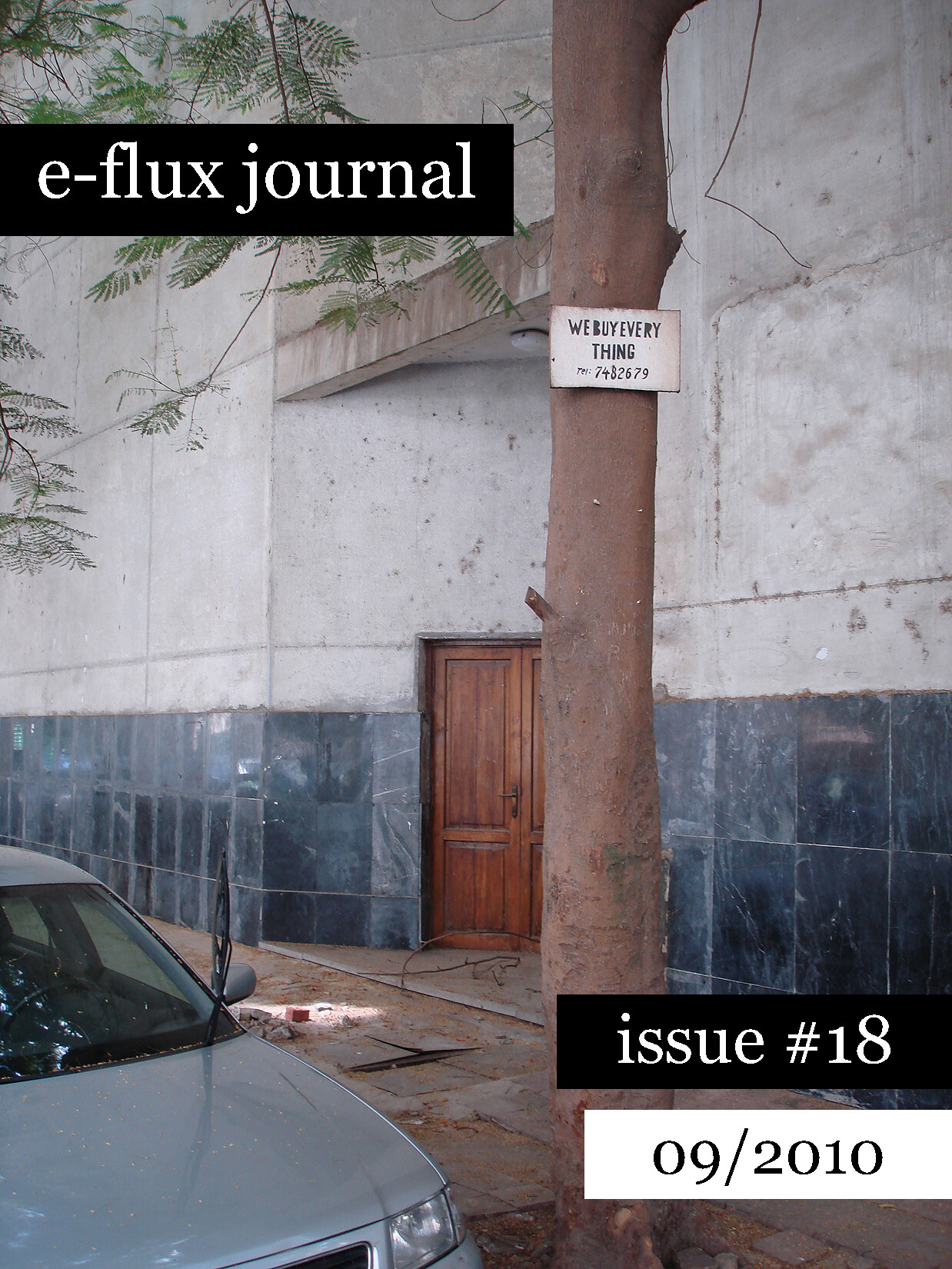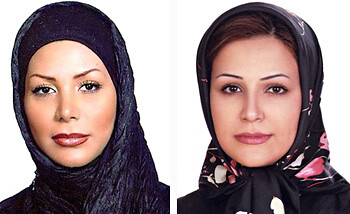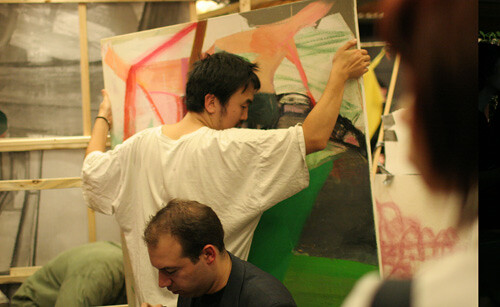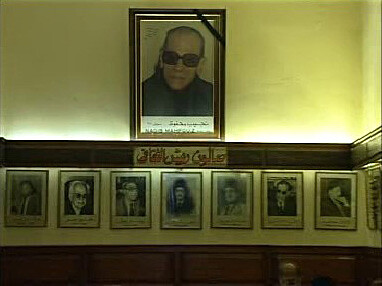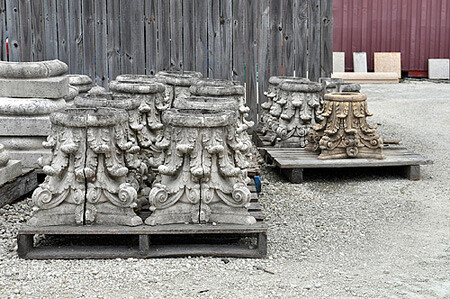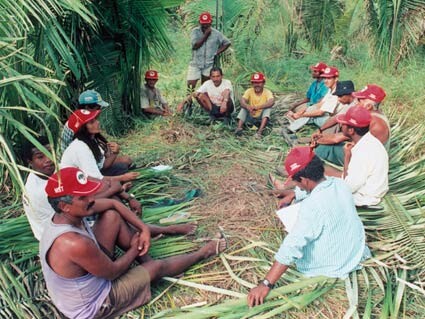To capture death, you need the right technique and the right moment. The public, filmed death of Neda Agha-Soltan had just been sent from Tehran via email, Facebook, Twitter, YouTube, and every possible television station to the entire networked world when the usual reflex of media critique and propaganda began. Since the photographic image can no longer be trusted, yet no one wants to deprive themselves of it, the roles in this short-lived game are predefined. The anonymously made video,…
Issue #18
September 2010
With:
Julieta Aranda, Brian Kuan Wood, Anton Vidokle, Peter Friedl, Marta Jecu, Hassan Khan, Gean Moreno, Ernesto Oroza, and Hans Ulrich Obrist
Issue 18 of e-flux journal marks the beginning of our third year of publishing, and the start of a “Letters to the Editors” feature, with reader responses to issues or individual essays published in the journal. To offer your own response, write to journal@e-flux.com .
***
Robert Smithson’s well-known indictment of art institutions as lobotomizing apparatuses—neutralizing all that is placed within their walls—remains relevant today. But can we say, even in a Smithsonesque…
View List
View Grid
7 Essays
September 2010
Images don’t have to be descriptive; they can be concepts, and Deleuze and I often discuss this point. Concepts are mental images.
—Paul Virilio 1
I am thinking here of a number of divergent works sharing a form of architectural thinking concerned with the potentialities of space. Without suggesting a narrative or illusionary effects, they touch on the virtual by involving everyday material from nearby social and cultural locations in the creation of a moment of…
This essay is primarily focused on a specific phenomenon within Egyptian intellectual history over the past sixty years. Although informed by a set of local conditions and references, I believe that the discussion may lead to a productive reflection upon the relationship of aesthetics to context and cultural practice, and upon the nature of art institutions and their normalizing tendencies. It may also provide a new perspective through which to engage the display and exhibition experiences…
1.
By generic objects we don’t mean objects that affect a kind of generic quality—brilliantly commonsensical and ordinary objects that come from the rarefied space of the designer’s studio, and draw their value from that space. We mean really generic—milk crates, plastic buckets, shipping containers, wooden palettes, traffic barricades, decorative concrete blocks, urban trash cans and dumpsters, rubber tires, scaffolding, Scotch tape. It’s not that any of these aren’t designed,…
Hans Ulrich Obrist: The last time we met was with Rem Koolhaas in 2001, and we spoke about what could be called your “city projects.” What are you working on related to this subject at the moment?
Antonio Negri: I can start by saying that while discussing the concept of the multitude, Michael Hardt and I found ourselves facing the question of the city, which we brought up as part of the question of the territorialization of the multitude, the space in which the multitude deploys…
Published in issue no. 16 of e-flux journal in May 2010, Anton Vidokle’s polemical “Art Without Artists” essay stimulated a number of heated responses, primarily from curators. Over the summer we asked some of these respondents to put their thoughts in writing, and invited a few others to also register their positions with regard to the problems, if any, in dissolving boundaries between artistic and curatorial work.
This is the first in an ongoing series of letters to the editors…
